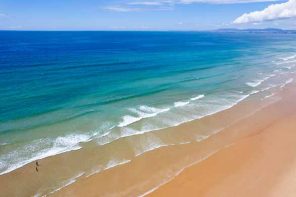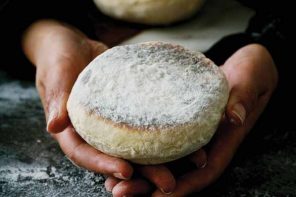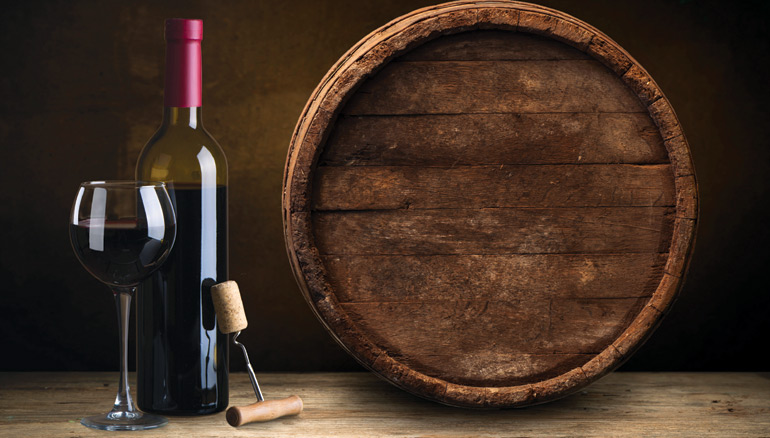
Since Zarco first set foot in Madeira to the present day, wine production has been constant, a history sometimes as irregular as the terrain. The Madeira wine is the iconic product of the region and famous worldwide. But ‘spiritual’ beverages like poncha or gin are a ‘must’ on the menu and even table wines are now building up quite a reputation.
Discovered in 1419, since the very first efforts of colonization the terrain was prepared for the cultivation of wheat, sugar cane… and wine. It is known that only some 25 years after the arrival of Gonçalves Zarco and his seamen, Madeira Wine was already being exported. Europe, the Americas and India were the first export destinations from the 16th to the 18th centuries and it’s in the 1700s that the introduction of ‘estufagem’ (steaming and drying) as a method of ageing the wine gave Madeira its justified fame.
The natural and irregular design of the terrain turns the wine landscape of Madeira into something unique, from the volcanic soil to the climate, the distance from the ocean to the ways of production. Heading North, Santana and São Vicente gather the largest number of acres devoted to winery. Going South, the role is mostly given to Câmara de Lobos. In the whole, the island holds two geographic designations of origin for its wine: DOP Madeira and DOP Madeirense.
The climate dictates the location of the vineyards. North of Madeira they are planted closer to the sea, some 450 meters high. In the South, they cultivate bananas in the low grounds and the grapes higher, up to 650 meters. Basaltic stone takes care of the terraces, an inclination of 16% to 25% with a well-marked presence over the landscape. Watering the whole complex was a work for the ‘levadas’, a system of irrigation dating from the 15th century assuring the transport of water from the high areas to the lower ones. Today, 2150km of channels (among them some 40km of tunnels) are the main part of the solution. Harvest occurs between August and mid- October. Still exclusively manual.
Major icon of Madeira’s products, the Madeira Wine has some ‘spiritual’ alternatives, better known as spirituous wines. The gin is a newcomer: it started with First Gin (the alcohol coming from sugar cane) and then with Canning’s, a recipe that includes herbs from the famed Laurissilva Forest and regional fruits. In 2018, this new and original gin won the gold medal at the IWSO (International Wine and Spirit Competition). Poncha is the most famous of all spirituous beverages of Madeira. It is said that it goes back to the 16th century, a ‘must’ in the main island and also Porto Santo since the 19th century. It’s made of sugar cane brandy (or ‘cachaça’) along with sugar and lime or lemon juice, and of course all the glories of regional fruits. Poncha found a way to avoid adulteration, that saddest result of success. The ‘flavor of Madeira’ is enhanced using the island’s rum, assuring that the poncha is kept both typical and authentic. The word ‘aguardenteiro’ (the one that makes ‘aguardente’, or brandy) is more than a footnote to the history of Madeira’s oldest beverages and is known since the 16th century. In the 1800s, the spirituous drinks of Madeira held a notorious bad name due to too many ‘clients’… The making of brandy-like products was even forbidden at a time, but recent methods of production proved spirituous wine should regain their mislead honours. Still, all around the island, the private homemade alambiques (alembics) are still running…
As for the table wines, they are pretty much a recent ‘invention’ in Madeira, but the production tends to florische. You can find them almost exclusively in the northern slopes, planted in small plots and demanding harder work. Whites, red and rosés are now beginning to grow up in respect and reputation.
MORE ABOUT IT
MADEIRA WINE
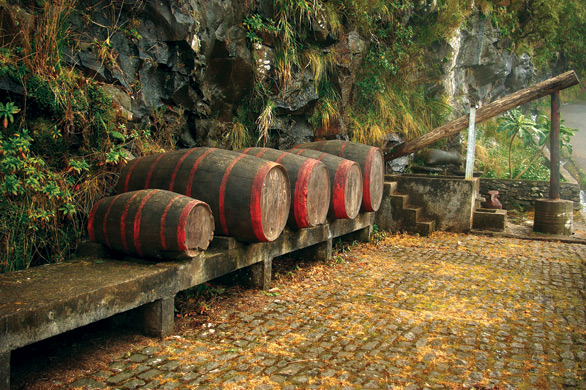
It’s an icon and the most frutuous of the island’s economic gambles. The Madeira wine has a centuries old reputation and is an everlasting delight.
MoreTABLE WINES
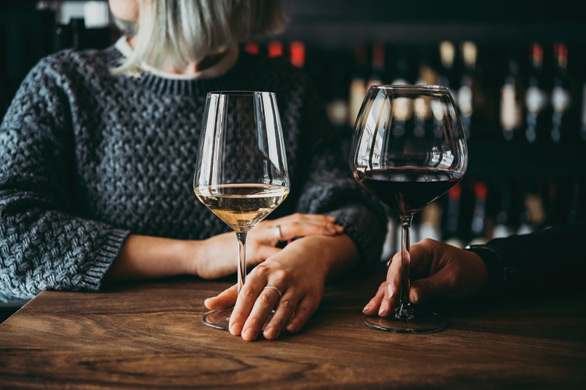
It’s now common to find table wines made in Madeira in any restaurant of the archipelago. A recent phenomenon and a solid certainty.
More

